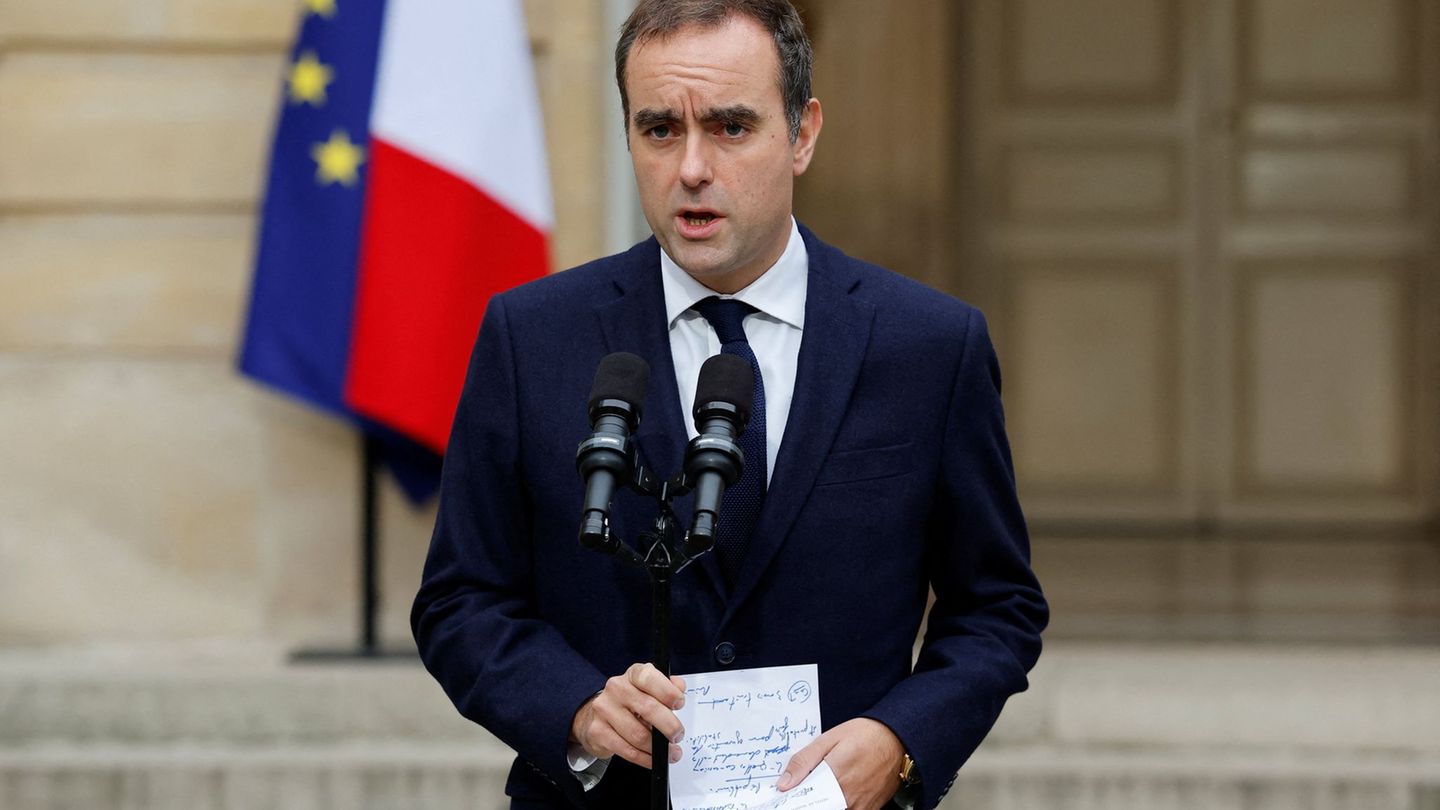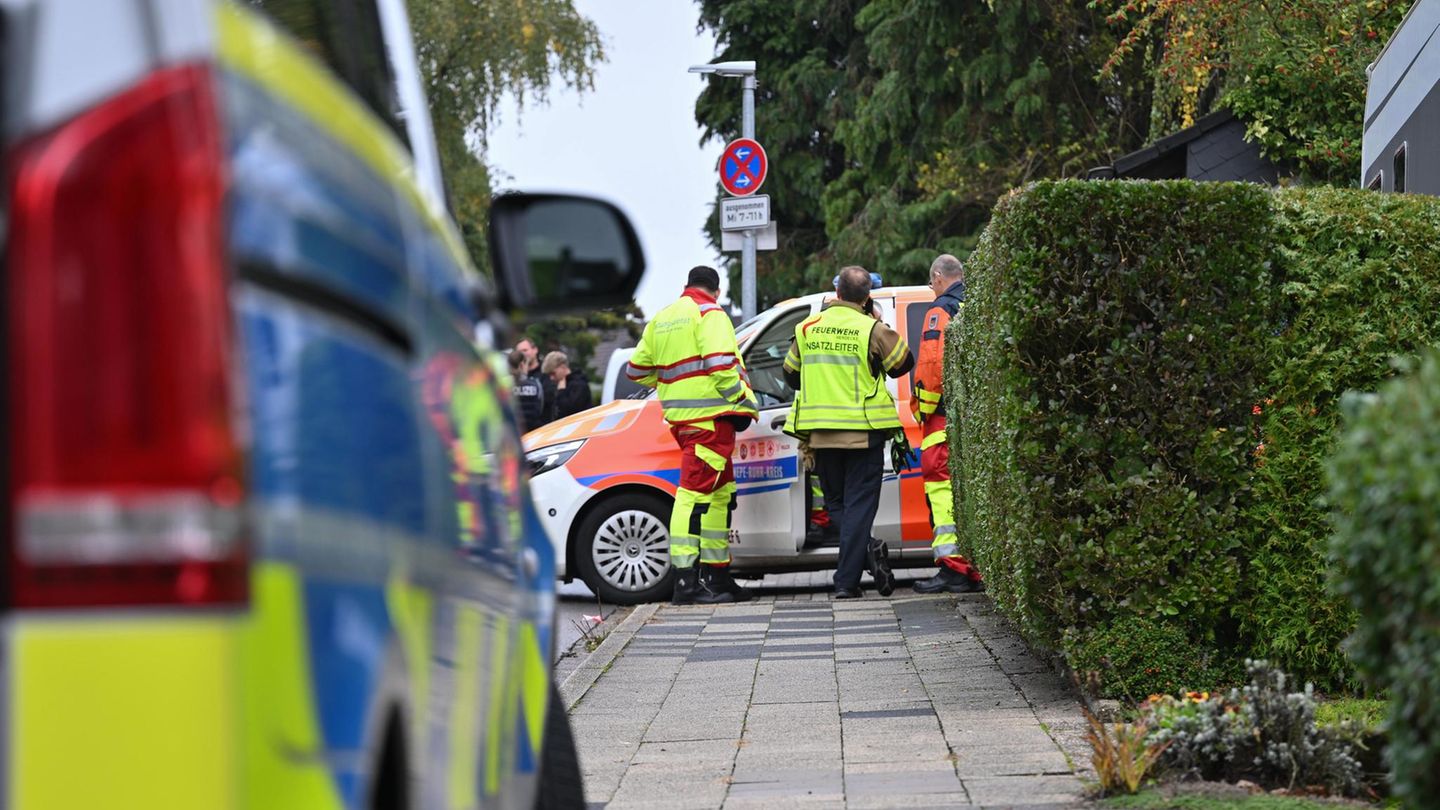That is why throughout the year at Grow-gender and work we have been reflecting on symbolic violence, in order to make visible how stereotyped messages that occur on a daily basis naturalize and normalize discrimination based on gender, age, sexual orientation, among others.
Advertisements are just one of the areas where this violence is expressed, and it is extremely important because its intention is to reach different audiences, with different messages all the time. Now, to attract the attention of the target audience, is anything worth it? With the voucher, I mean using stereotyped, discriminatory messages that violate rights. What we call freedom of expression, can it take everything ahead?
Today I take the case of a brand, which I prefer not to name so as not to give it more publicity, which has already trivialized other issues, such as poverty. On this occasion, to sell bear handbags, he published a campaign in which boys and girls appeared with teddy bears dressed in BDSM style. Yes. Boys and girls of approximately 3 or 4 years old, standing on a bed or an armchair, with these “bags/toys”, which are not for them. Let’s be clear about the problem: these images trivialize child abuse.
We could ask ourselves about what values this institution has, and also, the people who consume it. Because ultimately, the brand is speaking to a specific audience. And in this sense, this is where this reflection comes from: that campaigns of this type come to light is a social responsibility, of everyone, and not only of those who devised and produced it.
The campaign is just a symptom of something bigger: how come no one saw that the content was disturbing? How did you think it was okay to expose a child to those photos, where the distortion of an adult’s gaze breaks with the innocence of the child? Where were the adults responsible for those children? Did they see the photos? What idea do you have of the target audience to think that this campaign was right? Even if the only intention was to “disrupt”, at what cost?
Given the criticism on social networks, which came quickly, the brand came out to apologize, 7 days later, and promised to take action to not allow this to happen again. Until now, he sued the producer, as if the problem was not also their responsibility.
What worries us about how these types of campaigns grow, and about the actions that institutions take immediately after, is that they do not stop for a moment to reflect on their own practices and beliefs. What vision of the world does this brand have so that on the stage of life they consider it allowed to trivialize extreme poverty or child abuse?
In some countries, such as England, this campaign would probably never have seen the light of day, since there is an explicit prohibition for any advertising content that reflects symbolic violence, understanding that this repetition of messages that naturalize inequalities and normalize violent behavior is detrimental to the society.
This is what we talk about when we talk about social responsibility: the voice of state institutions, which is expressed in their legislation, the voice of civil society, which in this case was expressed in the networks, the voice of people with power , who could express themselves clearly on this and many other issues, from the voice of the institution, which instead of looking for culprits, should work intensely to change its vision of the world.
Co-founder of Grow, gender and work
Source: Ambito
David William is a talented author who has made a name for himself in the world of writing. He is a professional author who writes on a wide range of topics, from general interest to opinion news. David is currently working as a writer at 24 hours worlds where he brings his unique perspective and in-depth research to his articles, making them both informative and engaging.




